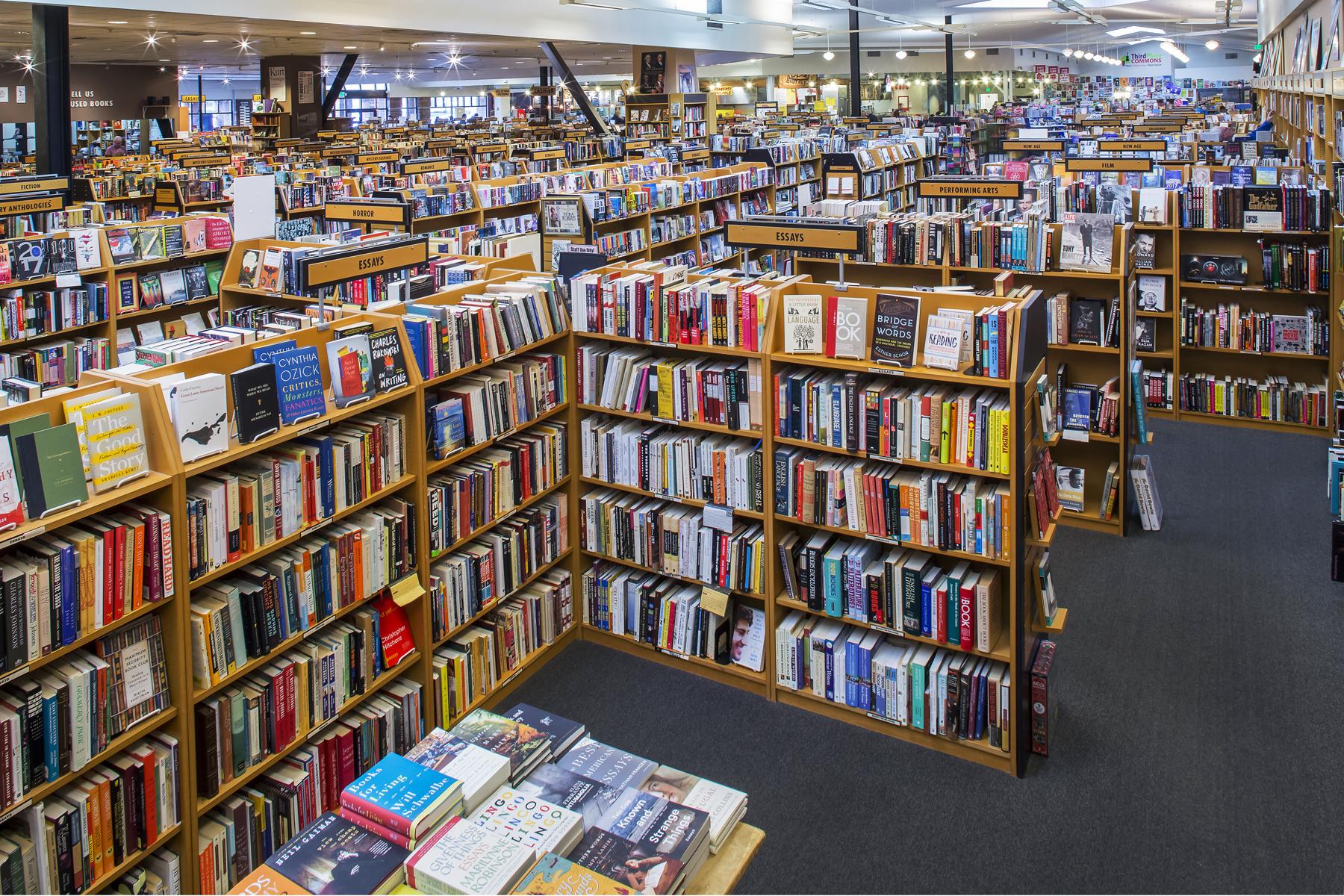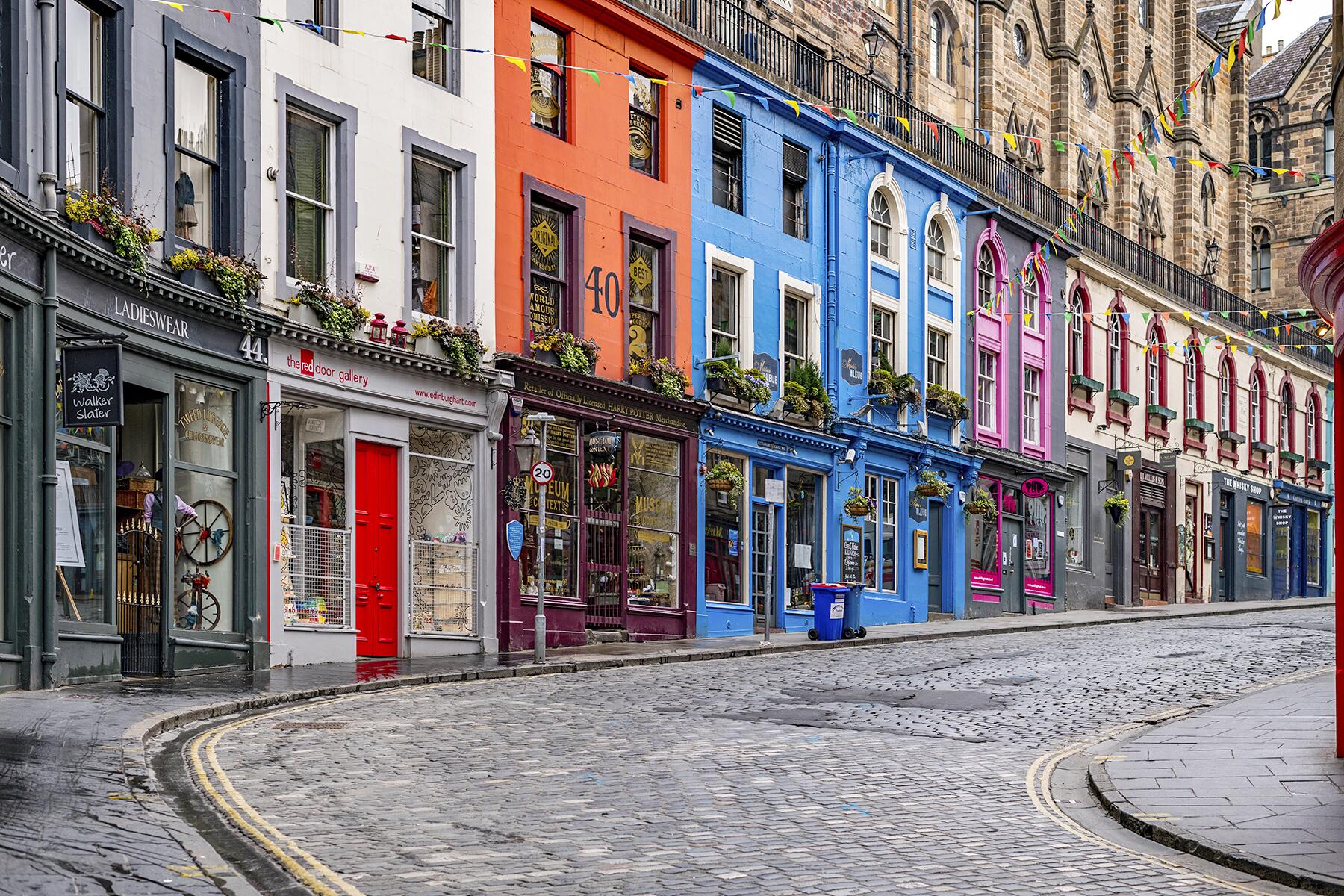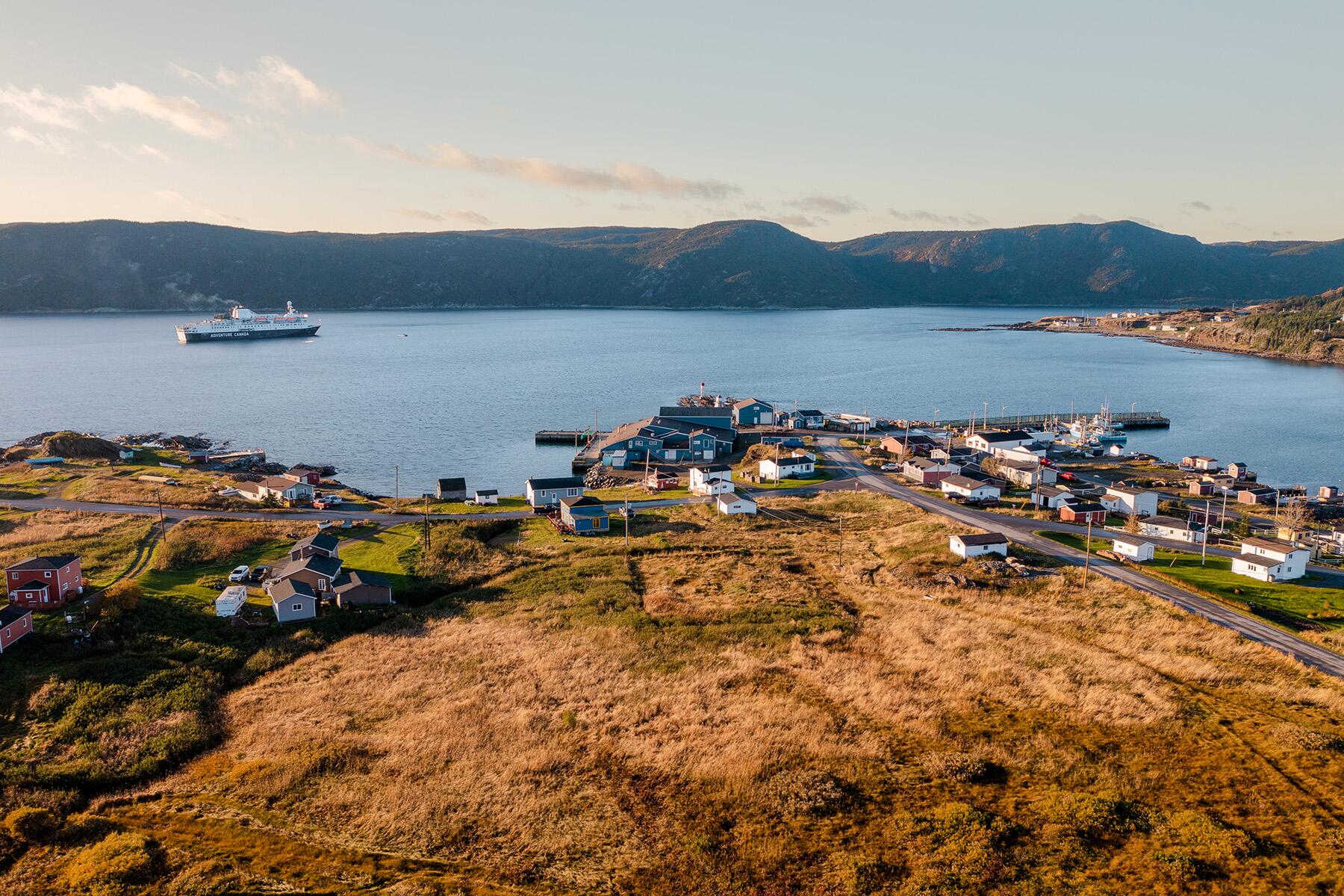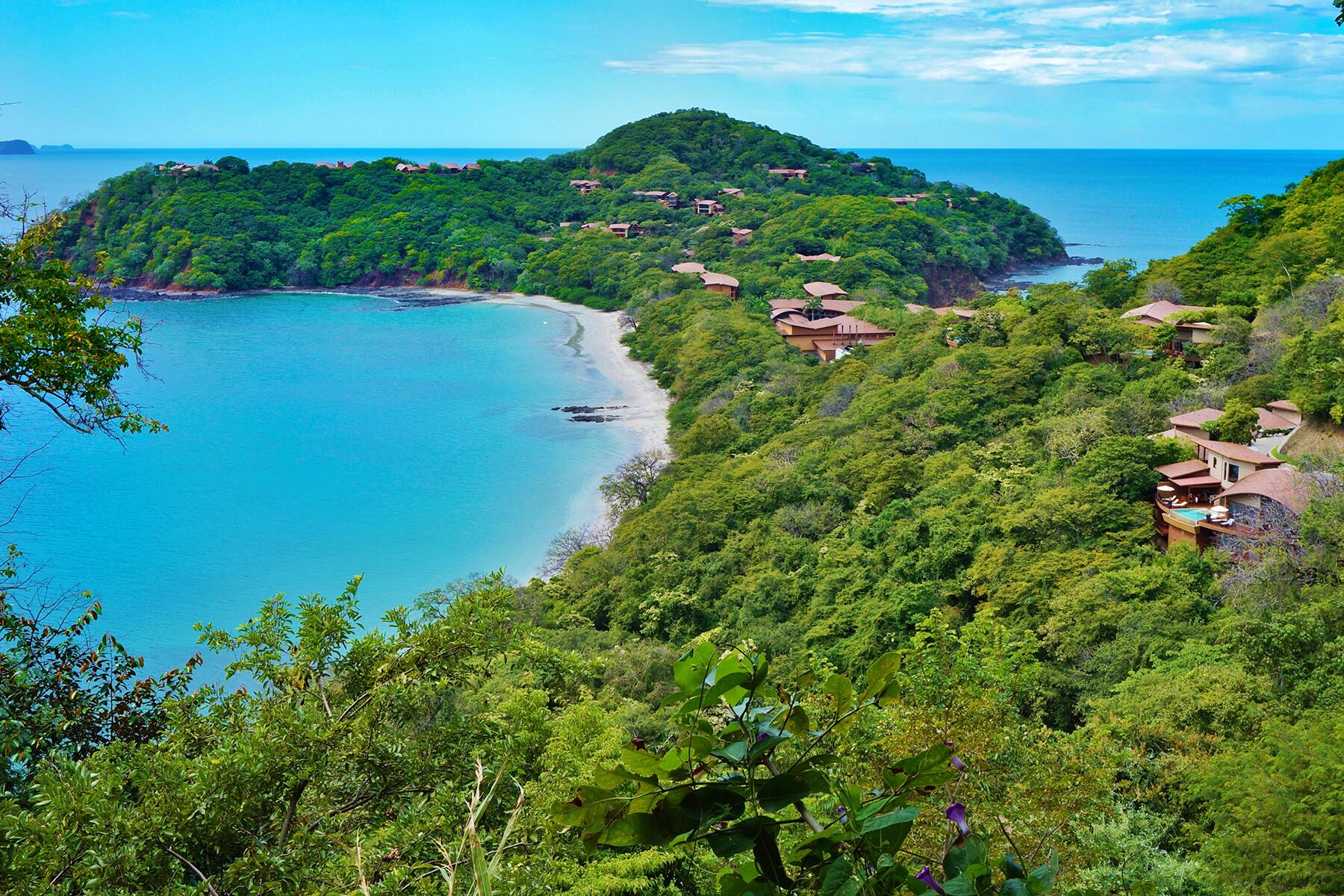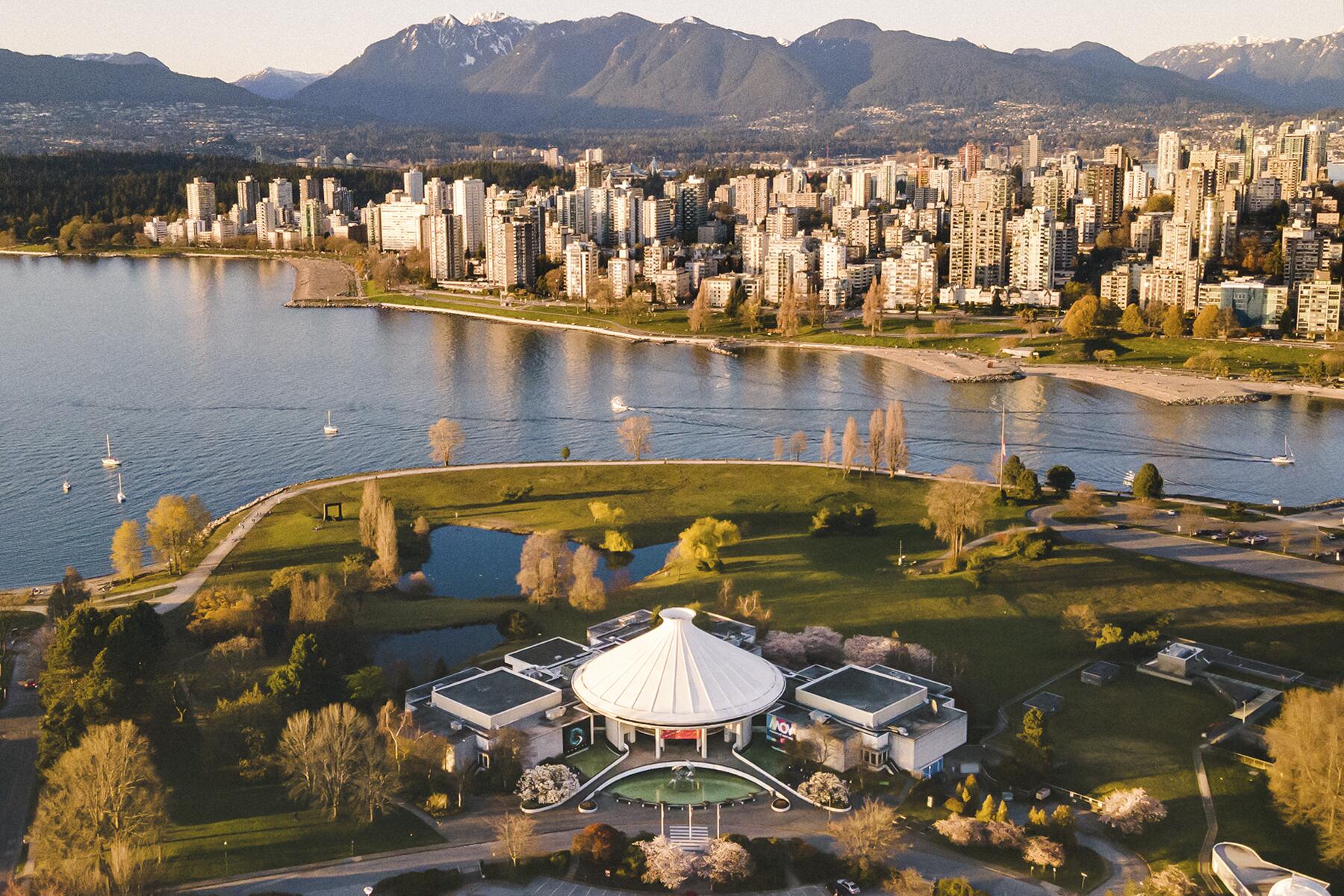Find out what makes Vancouver so unique.
Aside from the wealth of outdoor pursuits that Vancouver is best known for, this dynamic city also offers plenty of cultural experiences. Its art galleries, museums, historic buildings, and creative spaces reflect Vancouver’s multicultural fabric and perpetually thriving arts community. Whether you want to learn more about the city’s Indigenous roots, catch a theatre production, or delve into the historic social movements that shaped the city, these cultural sites all reveal a different side of multifaceted Vancouver.
Vancouver Art Gallery
Housed in a former provincial courthouse, this neoclassical structure is recognized as Western Canada’s largest public art museum. It spotlights more than 12,600 works across a wide spectrum of mediums like paintings, sketches, ceramics, and photographs by influential Canadian and international artists. Vancouver Art Gallery is best known for its comprehensive collection of artworks by Emily Carr, a Canadian Modernist and Post-Impressionist painter lauded for her interpretations of the Pacific Northwest landscape who was inspired by the region’s Indigenous peoples.
For the opportunity to interact with artists, critics, and curators, time your visit to one of the thought-provoking scholar-led discussions in the gallery that regularly occur each month. Aside from displaying works of art, this centrally located gallery in the heart of downtown also serves as the city’s site for peaceful demonstrations that bring awareness to today’s most poignant issues.
Roedde House Museum
Journey back in time to late 19th-century Vancouver with a visit to the Roedde House Museum. Built in 1893 by renowned architect Francis Rattenbury, the late-Victorian mansion nestled in the West End boasts a shingled cupola, bay windows, and a wraparound veranda—elaborate design features typical of the Queen Anne Revival style. Home to Gustav Roedde (a German immigrant who became the city’s first bookbinder) and his family, a tour through this home reveals what the daily routines and social customs were like in Vancouver at the turn of the 19th century for a middle-class family.
Both history and architecture buffs will swoon at the exceptionally preserved and restored home, in which its spaces are bathed in delicate floral wallpaper and furnished with Victorian-era furniture and artifacts like a grandfather clock, antique cushioned chairs, and family photographs.
Beyond its historical significance, the Roedde House Museum also serves as a cultural hub, where literary readings, exhibitions, and jazz concerts are routinely staged in the home’s parlor and on the porch throughout the year.
Recommended Fodor’s Video
Museum of Vancouver
Shaped like a woven cedar bark hat integral to the cultures of Northwest Coast Indigenous peoples, the distinctive dome atop the Museum of Vancouver pays homage to the city’s Indigenous roots. Founded in 1894, this civic history museum situated in Vanier Park overlooking the water is the city’s first museum and remains the largest of its kind in Canada. The over 70,000 artifacts, artworks, and photographs displayed in the in-depth permanent exhibitions document the city’s evolution into a bustling port and transportation hub while revealing fascinating facts about its urban development, social movements, and cultural diversity.
Uncover what life was like in Vancouver through the decades from the 1900s to the 1970s. These exhibits highlight the major turning points and milestones in each, including how Vancouverites persevered through the Great Depression in the early 1930s and how the Kitsilano neighborhood put Vancouver on the map as the hippie capital of Canada in the 1960s.
The Marine Building
A regular highlight on Vancouver’s history, photography, and architecture-focused walking tours, the Marine Building is lauded as one of Canada’s finest and most well-preserved examples of Art Deco architecture and often sees groups of architecture students who come from all over North America to study its intricate details. Puncturing the city’s skyline, the 22-story Marine Building pays homage to Vancouver’s maritime past and held the title of the tallest building in the British Empire when it first opened in 1930. Adorned with sea life motifs like seahorses, seaweed, and turtles, its terra cotta exteriors enthrall. Enter through the enormous brass doors to discover equally elaborate interiors of stained-glass panels, polished floors with inlaid wood, and five brass-doored elevators.
Museum of Anthropology
Whether for its cultural significance or its architectural allure, a visit to the Museum of Anthropology (MOA) is a visually captivating experience. Designed by renowned local architect Arthur Erickson, this dramatic glass and concrete structure sits on the grounds of the University of British Columbia (UBC) and routinely draws history and architecture enthusiasts. While it boasts a vast collection of nearly 50,000 ethnographic objects and 535,000 archaeological objects from all corners of the world, the MOA emphasizes the cultures and artistic creations of the Northwest Coast First Nations.
Visit the Great Hall to see a collection of soaring totem poles, seek out the legendary “The Raven and the First Men,” Haida artist Bill Reid’s most famous sculpture, and wander the Multiversity Galleries, which house more than 9,000 objects from around the world, including Coast Salish baskets, weavings, Samoan bark paintings, jewelry, and more.
Dr. Sun Yat-Sen Classical Chinese Garden
Find zen at the Dr. Sun Yat-Sen Classical Chinese Garden, a welcome oasis perched on the outskirts of Chinatown. Built in 1986 by a team of 53 master craftsmen that included masons, carpenters, tilers, and architects from Suzhou, this scholar’s garden pays tribute to the Chinese philosopher and politician for whom it’s named and serves as a symbol of friendship between Vancouver and Suzhou. Stroll along its winding covered walkways, admire its tracery windows and reflect at the koi pond. For a deeper appreciation of the yin and yang philosophy that guided the design of the first Ming-era style garden outside of China, consider a guided tour.
Chinatown Storytelling Centre
Devoted to preserving the history of Vancouver’s Chinatown, the Chinatown Storytelling Centre spotlights the experiences of the city’s early immigrants. Through interactive exhibits, recordings that date back to the 1880s, historic photographs, and artifacts like the Head Tax Certificate, this immersive self-guided experience documents the journey of Chinese Canadians. Though the Centre highlights stories of joy and triumph, its exhibits are also rooted in themes of struggle and resilience, as visitors gain insight into the discrimination faced by Vancouver’s early Chinese community, like being banned from public pools, as well as from entering Canada under the Chinese Immigration Act, which was in place between 1923 and 1947.
Arts Club Theatre Company
The largest theatre company in Western Canada, Arts Club Theatre Company, stages a number of shows each year that grace three different venues across the city: the Stanley Industrial Alliance Stage, Granville Island Stage, and Newmont Stage at the BMO Theatre Centre. Executing up to 20 productions a year and catering to a wide range of audiences, theatergoers have at least two shows to look forward to at any given time, whether a riveting drama, a toe-tapping musical, a laugh-out-loud comedy, or a contemporary work.
Related: The Best Restaurants in Vancouver
